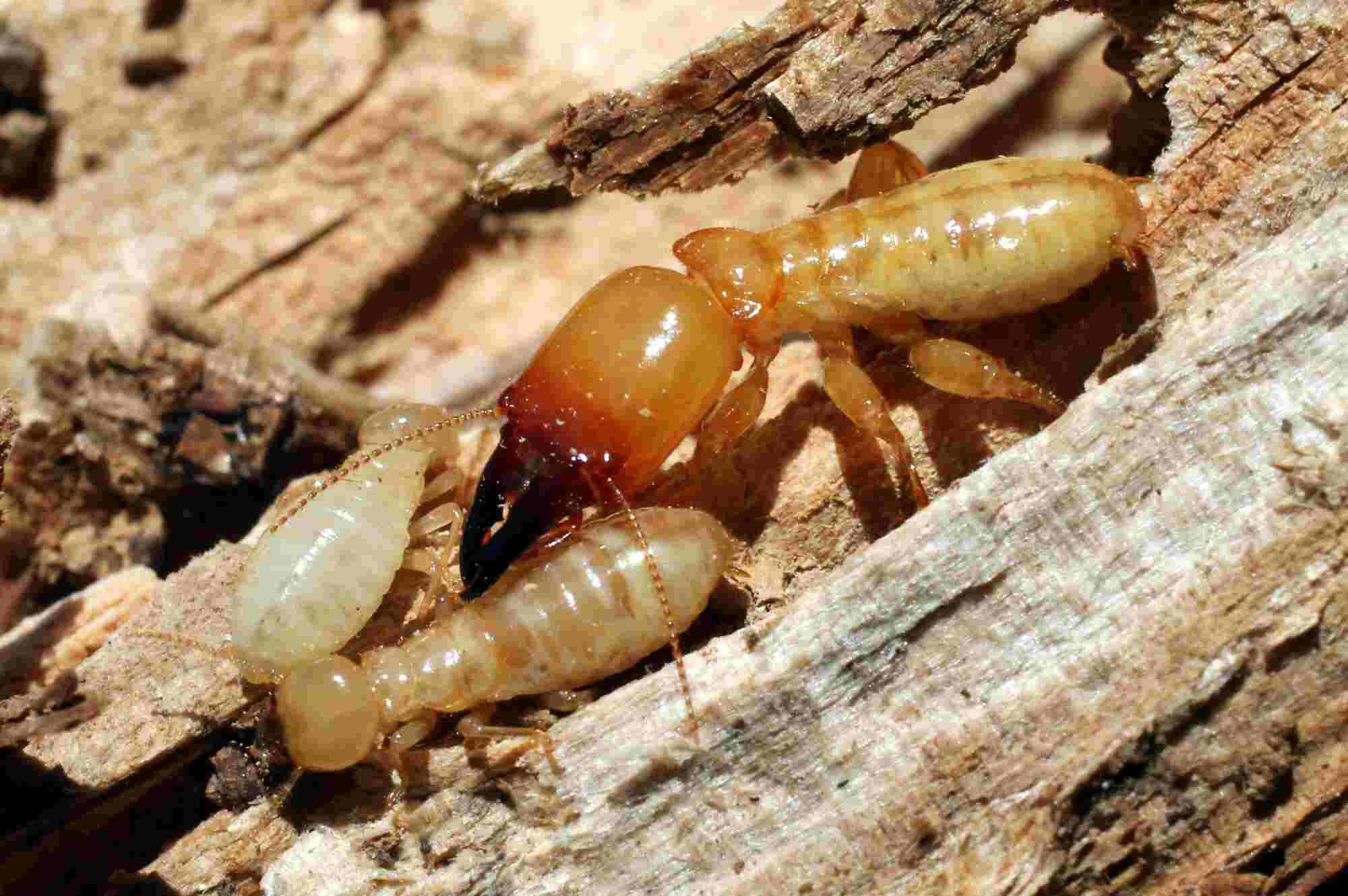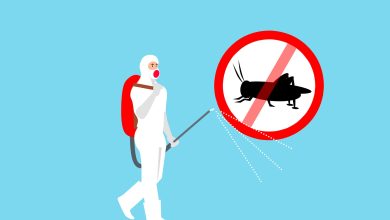Termites, often unseen, can impact our homes and wooden structures. But do we understand their life cycle?
From egg to adulthood, termites undergo a complex developmental process. The smallest larvae transform into powerful workers, soldiers, or even a new king or queen.
How does this journey unfold? What stages do termites pass through before reaching maturity?
We’ll delve into the life cycle of termite larvae, providing a comprehensive understanding. What determines whether a termite becomes a worker, soldier, or reproductive? How long does it take for a termite to reach adulthood?
Let’s find out.
Table of Contents
The Termite Egg
The life of a termite begins in its simplest form: the egg. These eggs, laid by the queen of the colony, are minute in size and have a translucent, whitish hue.
The queen of a mature termite colony can lay hundreds to thousands of eggs per day, which are then carefully tended by worker termites. The eggs are stored in a special chamber within the termite mound. Eggs are maintained at optimal temperature and humidity conditions conducive to their development.
During this incubation period, the eggs are vulnerable. It makes the role of the worker termites critical to ensuring the survival of the colony. After a few weeks, depending on the species and environmental conditions, the eggs hatch into larvae.
The Termite Larvae
The termite larvae represent the initial stage of life after hatching. Minute in size, these larvae are delicate, soft-bodied creatures with a ravenous appetite. They are fed pre-digested food by worker termites, facilitating their rapid growth.
This phase is characterized by several molts, where larvae shed their exoskeleton to allow for further growth. During these initial molts, the colony’s specific needs start to shape the fate of the larvae.
The fate of the larvae is influenced by factors like pheromones, diet, and population distribution within the colony. These factors determine whether they become workers, soldiers, or reproductive members. Each role is crucial for the survival and operation of the termite community.
Determining the Role of Each Termite
Termites follow a caste system within their colony, with each type playing a specific role. Workers feed the colony, care for eggs, and maintain the nest. These tireless termites are the backbone of the termite society.
Soldiers protect the colony from threats, primarily ants and other termite colonies. With their large, strong jaws, they are the colony’s frontline defenders and the termite equivalent of a terminator.
The reproductives are responsible for the propagation of the colony. The queen’s primary function is to lay eggs, and she can live for several decades. It makes her the longest-lived of all the termites.
The king’s role is to fertilize the queen continuously. This intricate social system ensures the survival and prosperity of the termite colony. It makes it a formidable opponent for any termite terminator seeking to eliminate it.
From Larvae to Adult Termites
As larvae progress through subsequent molts, they mature into adult termites. It’s a process that takes several weeks to complete. This transition from larvae to adult termites is fascinating and guided by the colony’s needs.
Should the colony need more workers, the larvae will morph into workers. If soldiers are in short supply, the larvae will evolve into soldiers. And when it’s time to expand the colony, some larvae will transform into reproductives, ready to start a new colony.
Despite their destructive reputation as household pests, adult termites play a critical role in the ecosystem. They help break down plant material, recycling essential nutrients into the soil.
The maturation process is a testament to the termite’s adaptability and resilience. It contributes to success as a formidable ecosystem engineer and persistent household pest.
The Life Cycle of Different Termite Species
Not all termites are created equal; their life cycles vary across different species. The most common types are subterranean, dry wood, and damp wood termites.
The most destructive subterranean termites have a sophisticated caste system and organized colonies. They establish colonies in the soil, building mud tubes to reach food sources. Their metamorphosis includes egg, nymph, and adult stages.
Drywood termites, as their name suggests, prefer dry wood, like that found in attic spaces. They have a simpler life cycle with fewer stages than subterranean termites. They skip the pupa stage and go from larvae to nymphs. Depending on the colony’s needs, they become workers, soldiers, or swarmers.
Dampwood termites thrive in wood with high moisture content. Dampwood is found in decaying wood or the damp, rotting sections of trees. Like dry wood termites, they undergo simple metamorphosis, bypassing the pupa stage.
Despite the differences in their life cycles, all species of termites share social organization and the division of labor. It ensures the colony’s growth and survival. Understanding each species’ life cycle is crucial for effective control and management strategies.
The Impact of the Termite Life Cycle on Pest Control Methods
The termite life cycle influences the development of effective pest control strategies. Understanding this cycle allows a pest control company to target termites at their most vulnerable stages. It reduces the chance of a resurgence. For instance, baiting techniques target worker termites, poisoning the colony.
Different species of termites require distinct approaches. For instance, controlling subterranean termites involves soil treatment or baiting systems.
Drywood termites may require wood treatment or fumigation. Controlling the moisture levels is often an effective strategy for damp wood termites. A pest control company’s understanding of termite behavior is key to successful eradication.
Learning About the Life Cycle of Termite Larvae
The life cycle of termite larvae is a fascinating journey. It’s a complex process driven by the colony’s needs. The larva’s transformation into workers, soldiers, or reproductives highlights their adaptability.
Each caste plays a vital role within the termite society. Despite being household pests, termites contribute positively to the ecosystem. It is done by recycling nutrients into the soil.
Understanding their life cycle is crucial to devising effective pest control methods. Successful termite control starts with knowing your enemy-the termite larvae.
Did you find this article helpful? If so, check out the rest of our site for more informative content.





